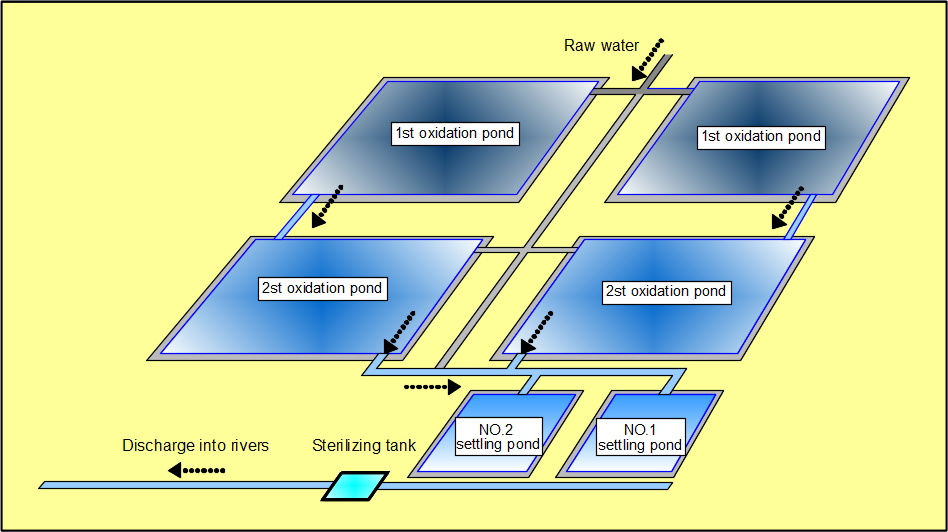What Does a Sequencing Batch Reactor (SBR) Do in a Wastewater Treatment Plant in New Jersey?
- Ankur Manchanda
- Sep 26
- 3 min read
Across New Jersey, communities depend on reliable wastewater treatment systems to protect public health and preserve the state’s rivers, bays, and groundwater. One of the most versatile technologies found in modern treatment plants is the Sequencing Batch Reactor (SBR). This type of biological treatment system is designed to remove organic matter, nutrients, and solids from wastewater in a highly efficient, controlled manner.

What Is an Sequencing Batch Reactor SBR?
A Sequencing Batch Reactor is an activated sludge process carried out in a single tank, but in timed stages or “batches.” Unlike continuous-flow systems where wastewater constantly moves through multiple basins, an SBR cycles through specific phases in the same basin.
The main phases typically include:
Fill – Wastewater enters the basin.
React (Aeration) – Air is pumped in, allowing microorganisms to break down organic matter and nutrients such as nitrogen and phosphorus.
Settle – Aeration stops, and solids (sludge) settle to the bottom while clean water rises to the top.
Decant – Clarified effluent (treated water) is discharged.
Idle – An optional stage that prepares the tank for the next batch.
Why Are SBRs Popular in New Jersey?
New Jersey’s diverse landscape from dense urban areas to coastal towns requires treatment systems that can adapt to different flow volumes and regulatory needs. SBRs are a strong choice because they:
Save space: One tank can perform the work of several, making them ideal for facilities with limited land.
Handle variable flows: Seasonal changes, storm surges, or industrial discharges can be managed with batch processing.
Improve nutrient removal: With the ability to adjust aeration and settling times, SBRs can be fine-tuned to meet strict nitrogen and phosphorus limits set by the NJ Department of Environmental Protection (NJDEP).
Flexible operations: Small municipalities, private developments, and even some industrial facilities in New Jersey use SBRs because operators can adapt cycles to changing wastewater characteristics.
Local Applications
In New Jersey, SBRs are often found in:
Small to mid-sized municipal plants serving towns or boroughs.
Decentralized or private community systems for housing developments, schools, or healthcare campuses.
Industrial facilities where wastewater characteristics may fluctuate.
What Industry Uses SBRs in New Jersey
Sequencing Batch Reactors (SBRs) are flexible and widely used across multiple industries because they handle varying wastewater flows and can meet strict discharge requirements. Here’s a breakdown of where you’ll typically find them:
1. Municipal Wastewater Treatment
Small to mid-sized towns – especially where land is limited or flow varies seasonally.
Decentralized systems – housing developments, schools, resorts, or rural communities.
Upgrade projects – older treatment plants sometimes retrofit continuous-flow systems into SBRs to improve nutrient removal.
2. Industrial Wastewater Treatment
SBRs are used across many sectors where wastewater has high organic loads or requires nutrient removal:
Food & Beverage Processing
Dairies, breweries, soft drink plants, meat and poultry processing.
SBRs handle high BOD/COD (organic load) and grease.
Pharmaceutical & Chemical Manufacturing
Facilities generating complex or variable-strength wastewater.
SBRs allow flexibility in treatment cycles.
Textiles & Pulp & Paper
Industries with dye, chemical, or fiber-laden wastewater.
Electronics & Semiconductor
Wastewater containing solvents or variable flows that need biological polishing.
3. Agriculture & Animal Operations
Dairy farms and swine/poultry operations sometimes use SBRs for nutrient management.
Effective for reducing nitrogen and phosphorus before land application or discharge.
4. Commercial / Institutional Facilities
Hospitals and medical centers
Universities and schools
Shopping centers or airports (where onsite treatment is required)
Why SBRs Are Chosen
Flexibility – cycles can be adjusted to handle shock loads or variable wastewater.
Compact footprint – one tank can do multiple processes.
Nutrient removal – effective for meeting nitrogen and phosphorus limits.
Cost-effective – especially attractive for smaller facilities compared to more complex continuous-flow plants.
Environmental Impact
By consistently producing high-quality effluent, SBRs help reduce nutrient pollution in local waterways such as the Raritan River, Barnegat Bay, and Delaware tributaries. This supports the state’s long-term goals of protecting drinking water supplies and restoring aquatic habitats.




Comments